World’s largest garage sale no longer interested in garages and/or sales
If you got up this morning and tried to run a few searches on eBay for your favorite collectibles, chances are you got this error message:

Yes, eBay, one of the largest e-commerce sites on the planet, home to millions of items up for sale, can’t deal with more than “around 100” characters in search strings. Why, with more than 100 characters, you might actually be able to figure out which of those millions of items you might be interested in! Imagine that, using words to narrow down a list of choices to the most relevant ones. How quaint. Nobody ever got rich through text boxes and search strings.
If you haven’t checked in on eBay in the last ten years, you may be a bit surprised to see what the beast has evolved into. Back then, eBay had just acquired PayPal, an electronic payment service that was quickly becoming the norm for eBay purchases. Unlike postal money orders, fees on PayPal payments were paid by the seller, making things easier and cheaper for buyers. Six years later, eBay unveiled a plan to make PayPal the exclusive payment option for all eBay transactions. Consumer groups cried foul and eBay softened its position, only mandating that sellers accept PayPal (which had largely the same effect).
Earlier in 2008, eBay had updated its fee structure to encourage more sellers to list items. In exchange for lowering the insertion fee on most items by 5 cents and eliminating fees for adding pictures, eBay would take a slightly larger cut of the sale price, 8.75% of the first $25 (up from 5.25%), 3.5% of the next $975 (up from 3.25%), and 1.5% (no change) on the amount over $1,000. This was spun as a reduction in fees even though the total fees would go up for any item that sold for more than $1.50. At the same time, eBay took away the option for sellers to leave negative feedback. While this feature had been abused by many sellers, it gave unscrupulous buyers leverage to squeeze top sellers for bonuses and discounts under threat of retaliation-free negative feedback.
In 2010, eBay made the most radical change to its fees, eliminating the tiered pricing structure and instituting a flat 9% fee on the total sale price (including shipping) with a $50 maximum. Also included in this change were the reduction or elimination of listing fees in many cases (a 15 cent value!) and new incentives to use stores and/or fixed-price listings. eBay was trying to turn itself into Amazon, pushing individual sellers and rare/unusual items aside to focus on high-volume sellers and commodity items.
And now in 2013, the fee structure has changed a little bit more. Fees are now a fixed 10% of the total sale price, capped at $250. Everyone gets 50 free listings per month, but if you pay for a store, you can get up to 2500 “free” listings per month. More fees for smaller sellers, more discounts and incentives for high-volume sellers.
So, assuming that you list an item at 99 cents with a $2.50 shipping cost (a typical price for sports cards) without a store and within your 50 free listings per month, here’s how the rates (listing fee + final value fee) compare over the last five years:

eBay fees for an item with a starting bid of 99 cents, 2008-2013
While fees on a $1 item haven’t gone up by too much over the last five years, everything above $2.50 has had a fee increase of at least 50%. If that $1 item is your 51st listing of the month, the fee increase balloons to 150%. 50 items might seem like a lot, but you can reach that with just the short printed (2 or fewer per box) cards from a case of cards. With already slim margins on dollar cards (I make less than 75 cents on a card that sells for 99 cents with no listing fee), there is no incentive to list anything even remotely common.
But hey, the economy, blah, blah, times are tough for everyone, etc. Fees go up all the time and eBay has no real competition, so they’re going to squeeze their captive audience until we burst. You don’t offer deals to the customers you already have, you offer deals to the competition’s customers and hope you don’t lose too many of your own in the process. This is how business works. I can understand the fee changes, but some of eBay’s other recent changes are truly baffling.
eBay’s search system is a critical part of its business. While you can stumble on things by browsing categories, there’s just no way to build a hierarchy to organize millions of items in a way that will be easy for buyers and properly followed by sellers. As Google has shown, a good search system can make all the difference. So you would think that eBay’s search would be the best of the bunch. It would need to be.
And in truth, eBay’s search system was pretty good up until a couple of years ago. It had some advanced features that I didn’t even know about until they were removed. And that’s where the problem lies – the advanced features that made eBay’s search useful (and profitable) are being removed. eBay’s search feature peaked a few years ago when pictures became the default in search results. Prior to this, having an item photo show up in search listings was an optional feature with an added fee. Third-party browser add-ons were developed to enable pictures in search listings for all items and not just the ones that paid for it, possibly influencing eBay’s decision to make it a standard feature. With pictures for almost every listing, it had never been easier to scan through hundreds of items to find the ones you were interested in. Until eBay broke it.
One of eBay’s many “upgrades” to the search experience was an option to change the size of the photos shown in search listings. While this sounds like a useful feature, it was implemented with the largest setting enabled by default. Logic would dictate that, if the previous standard size was at the Small setting, selecting Medium as the new default would be sufficient to alert users to the new feature. Instead, they went with Friggin’ Huge, which, while useful for some items and with a short list of search results, becomes a bit cumbersome with a list of 200 items. But at least it was user-configurable, meaning that I can tell when I’ve been logged out by when the search result pictures get huge.
Until eBay made a few more changes to their search feature in 2012 and decided that everyone should see photos in the largest possible size, regardless of their user preferences (and the photo size preferences were still there, they were just ignored). After the usual round of complaints that follows any change to eBay’s search system, this bizarre change was corrected. But the rest of the changes remained in place.
Most of the 2012 changes to eBay’s search function were cosmetic and confusing. The Completed Listings function was moved around between several different locations, some buried under links, before eventually settling in plain view, except when it changes place for no apparent reason. The option to search by title and description, rendered largely unusable by keyword spammers, was changed from a simple checkbox under the search string into an option that could be disabled but apparently not enabled.
One of the biggest changes to eBay search in 2012 was the removal of support for wildcards in search strings, supposedly because they trust their fancy new software’s ability to tell what you want more than they trust your ability to specify it. A wildcard is a placeholder that allows you to specify only part of a search term and will return all matches with that part. Since eBay’s search only works (reliably) on full words, searching for “auto” will not give you a match for “autograph” without the use of a wild card. The search term “auto*” would return all listings with the words auto, autograph, autographs, autographed, automatic, automobile, autonomic, etc. With that feature gone, searches would require longer search strings with more words. Which could make things a bit hard to read with the new shorter text entry field for searches, which also featured a larger font for decreased visibility. This new text entry field could only display about 50 characters, making it a bit trickier to navigate search strings that could be up to 250 characters long.
Because who needs to see more than 50 characters?
And that’s where today’s change comes in. No need to scroll very far in the search box if it can only contain twice as many characters as it can display. Brilliant! Unless you have search strings that start with (auto,autograph,autographs,autographed,signature,signatures,signed) because of the lack of wildcard support (while eBay would assure us that some variants should still show up in search results without the use of wildcards, it has been my experience that this is not always the case), which leaves you with about 30 characters. That’s not even enough to fit the Mets starting rotation, unless you shorten “Matt Harvey” to just “Harvey” and skip all over the unwanted results for every player named Harvey. There are about 500 Mets players and prospects with certified autograph cards. Good luck finding more than a handful of them.
eBay’s current search “feature” simply doesn’t work for collectibles, or for anyone who knows what they are looking for really. It is meant for the clueless and the confused who only know that they want a toaster and will just buy the first thing that comes up, only to wonder what Battlestar Galactica has to do with heating bread. The geeks, dorks, nerds, fanatics, and otaku can just pound sand as far as eBay is concerned. Your overly specific and detailed search strings and the money that comes with them are not wanted.
Or maybe this isn’t all part of a grand conspiracy to scare off an entire market segment. Could I be overreacting to a string of changes over the last five years that have the collective effect of disenfranchising an industry? Well, as an engineer with over a decade of experience in government acquisitions dealing with the development, analysis, and testing of requirements (résumé available upon request), I think I have a good idea of how this could happen without any malicious intent, not that the alternative is any prettier. It looks to me like there were no requirements and there was no plan. Someone just bought new software without a proper acquisition program and without analyzing the impact of the changes it would bring. The reality may be that all of these changes are being made on a whim and not based on goals, data, and evaluation metrics. That may be the scariest possibility of all.
A misguided option on a search feature isn’t a big deal in the grand scheme of things. You can just fix it and move on. But the process behind how such features come to be can be an indication of systematic failures throughout a company. Ideally, a company should have a set of goals outlining its plans for the future – operating strategies, markets to work in, products and services to develop, etc. These goals work their way down the organizational structure into the programs and projects where people take actions to achieve the goals. These actions are driven by specifications, usually with specific performance requirements developed from research and evaluated with quantifiable metrics. Evaluations then work their way back up the chain to show how the company is meeting its goals.
I’m not sure whoever is in charge of eBay’s search feature, a critical program element, is following this process. Surely, any research would have revealed that searches of more than 100 characters are common, especially in collectibles categories. A reduction in the size of search strings would make no sense as a requirement for any new search software. Then again, neither would the removal of wildcards. These would be key elements that should be retained through any updates to the underlying search software unless there is a technical limitation with no practical workaround (an almost absurd possibility given the features of just about any search engine). This tells me that there is no requirements document for the search function, possibly no requirements document for any feature on eBay’s site. No requirements means no measures of performance and no link to corporate goals. It all falls apart from there. Either the framework upon which corporate success is based isn’t present or it isn’t being followed. This is a disaster in the making.
But i don’t have the insight into eBay’s inner workings to know any of this for sure. Maybe everything is working just fine and they really do want to scare off people like me who buy and sell collectibles. Maybe they don’t care about the negative consequences of the changes they’ve been making. Maybe they don’t even consider them to be negative consequences. We’re stuck between two bad options and I’m not sure which one is worse. But neither is good for the future of eBay.
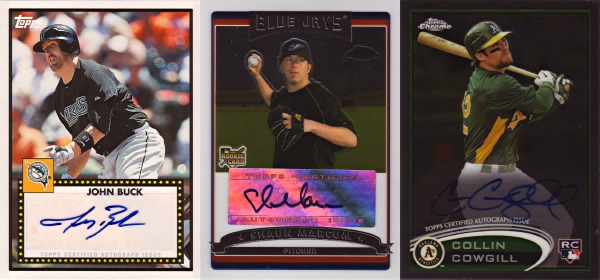
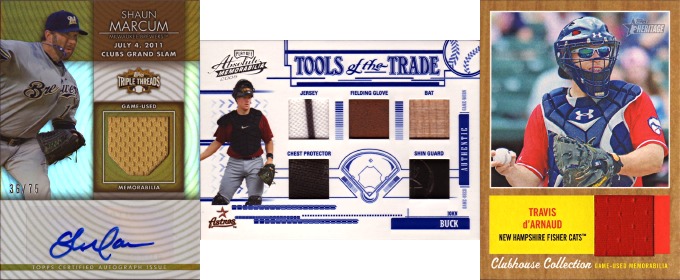
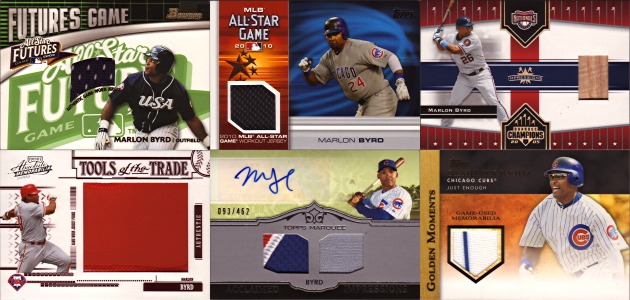
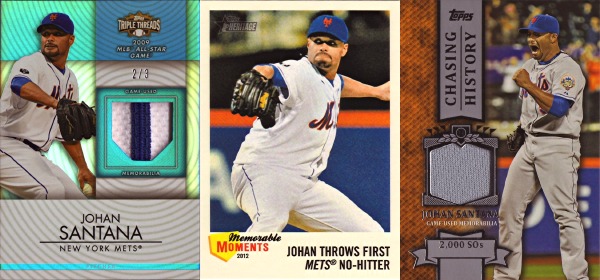
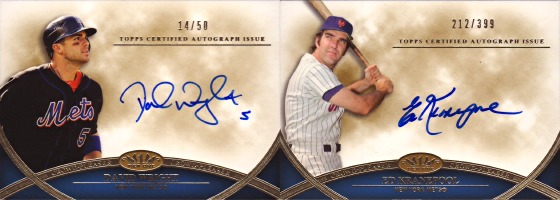
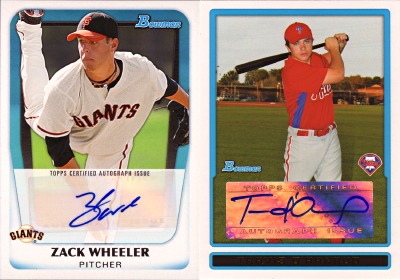
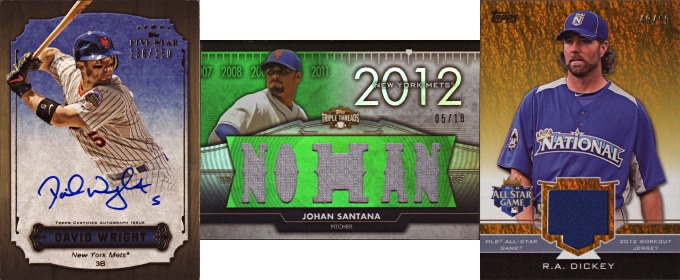
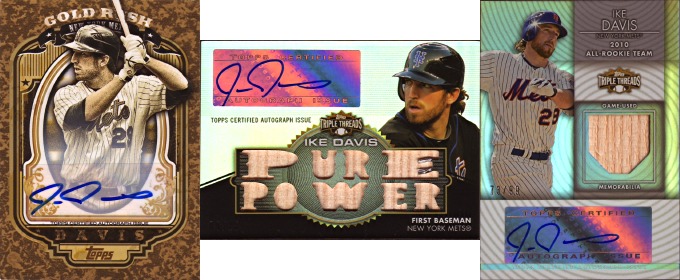
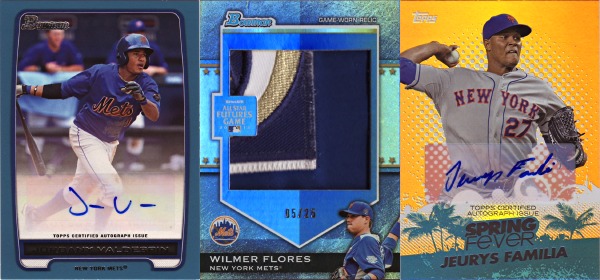
Recent Comments